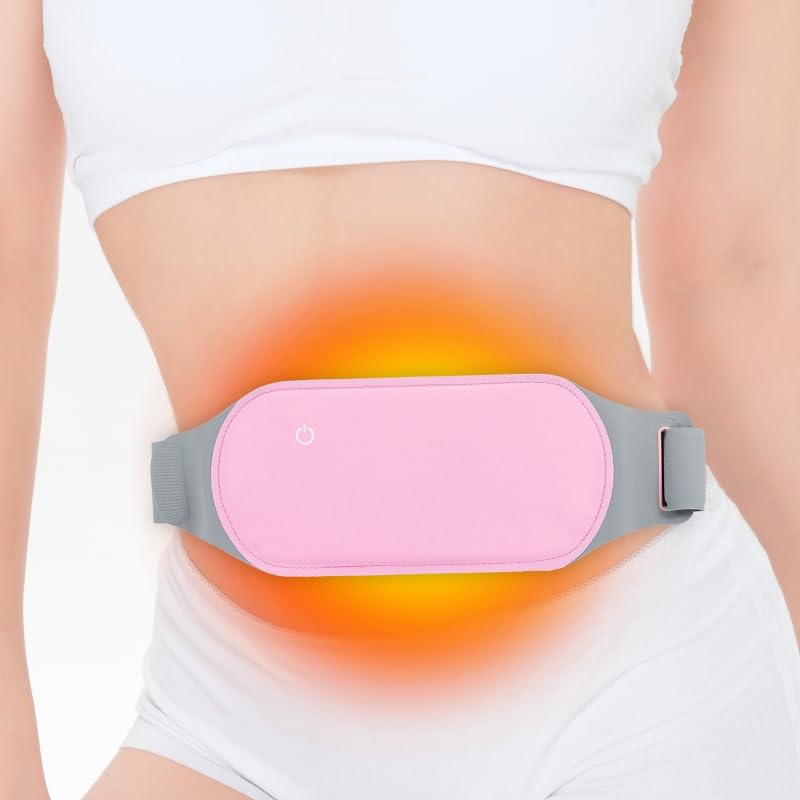
How do you stop cramps fast without a heating pad?
Introduction
Experiencing menstrual cramps can be incredibly uncomfortable and distressing. While heating pads are commonly used to relieve period cramps, there are other effective methods available if you don’t have access to one. In this comprehensive guide, we will explore various techniques and remedies to alleviate cramps fast without a heating pad. By incorporating these strategies into your routine, you can find relief and manage the discomfort associated with menstrual cramps.
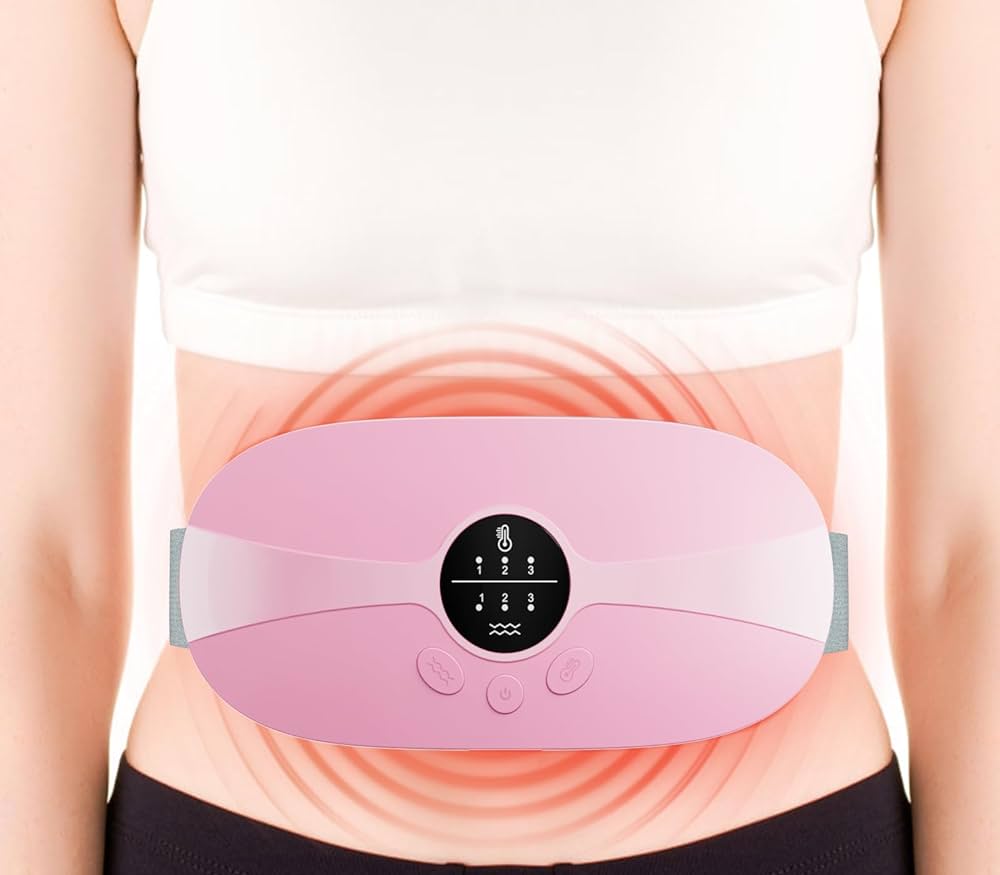
How do you stop cramps fast without a heating pad?
Gentle Exercise
1.1. Walking or Jogging
Engaging in light aerobic exercises, such as walking or slow jogging, can help relieve cramps by increasing blood circulation and releasing endorphins, which act as natural pain relievers.
1.2. Stretching and Yoga
Performing gentle stretches, particularly those targeting the lower abdomen, pelvic area, and lower back, can alleviate cramping sensations. Yoga poses like child’s pose, cat-cow, and reclining bound angle pose are particularly beneficial.
Applying Topical Remedies
2.1. Using a Hot Water Bottle or Warm Compress
While not a heating pad, a hot water bottle filled with warm (not hot) water or a warm compress can provide localized heat to alleviate cramps. Apply it to the lower abdomen or lower back for soothing relief.
2.2. Warm Bath
A warm bath can help relax and ease muscle tension associated with cramps. Consider adding Epsom salt, essential oils like lavender or chamomile, or a bath bomb with calming properties for added relaxation.
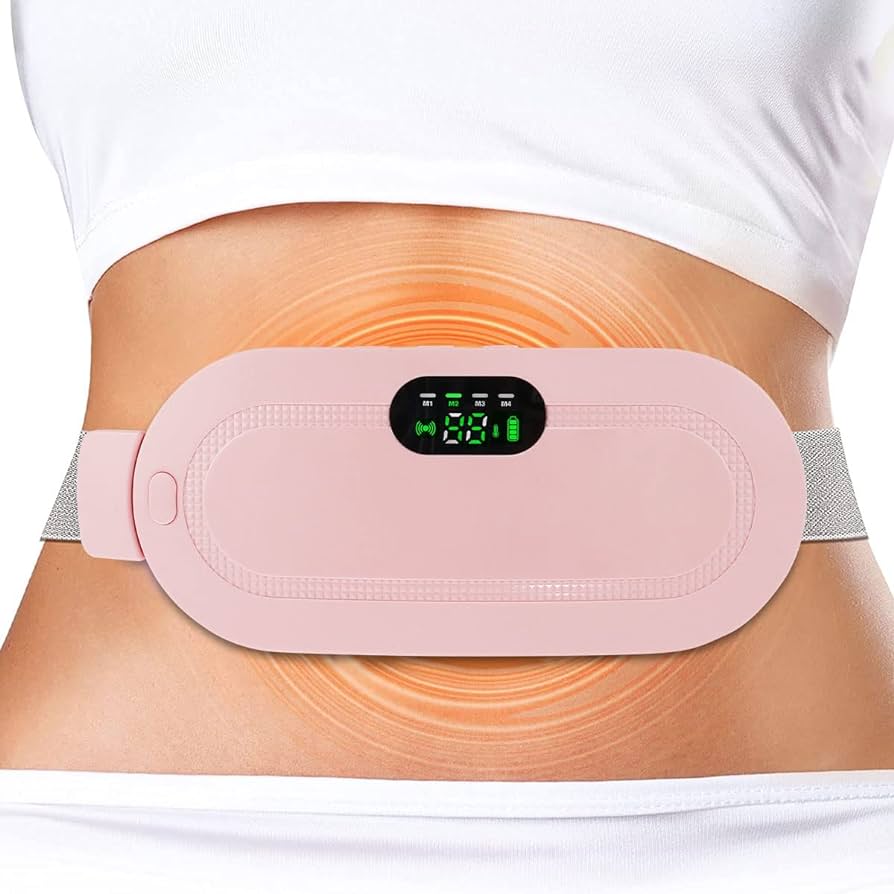
Herbal Remedies
3.1. Herbal Teas
Certain herbal teas have natural properties that may help alleviate menstrual cramps. Chamomile, ginger, peppermint, and raspberry leaf teas are some examples known for their soothing and anti-inflammatory effects.
3.2. Herbal Supplements
Some herbal supplements, such as cramp bark, evening primrose oil, or black cohosh, may help reduce menstrual pain and regulate hormone levels. Consult a healthcare provider or herbalist for guidance on dosage and appropriate use.
Over-the-Counter Pain Relievers
4.1. Non-Steroidal Anti-Inflammatory Drugs (NSAIDs)
NSAIDs, such as ibuprofen or naproxen sodium, are effective at reducing uterine cramping and inflammation. Follow package instructions or consult a healthcare provider for proper dosage and recommendations.
Heatless Relaxation Techniques
5.1. Relaxation Techniques
Deep breathing exercises, progressive muscle relaxation, guided imagery, or meditation techniques can help relax your body and reduce the perception of pain associated with cramps.
5.2. Aromatherapy
Essential oils like lavender, clary sage, or peppermint can be inhaled or applied topically to help relax your mind and body during menstrual cramps. Dilute essential oils properly and follow safety guidelines.
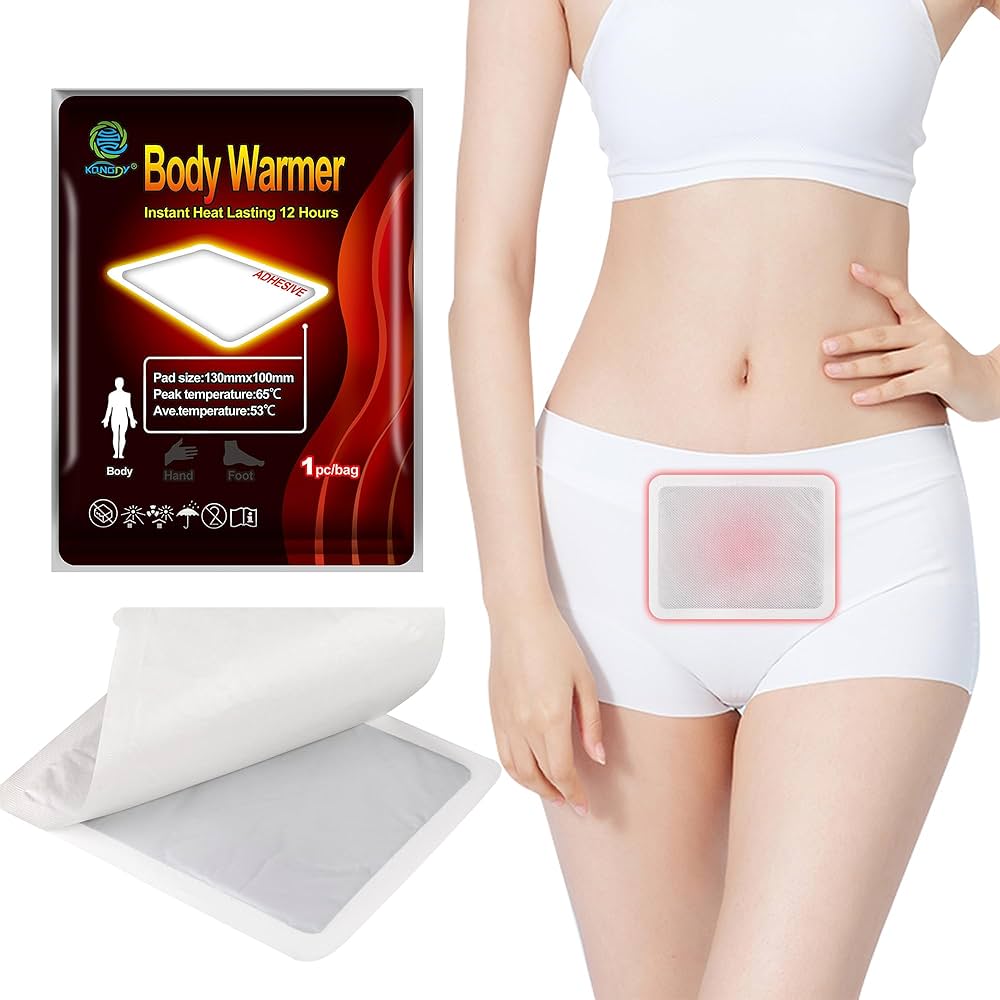
Dietary Modifications
6.1. Hydration
Staying hydrated by drinking plenty of water can help alleviate cramps by keeping your body properly hydrated and promoting better circulation.
6.2. Balanced Diet
Adopting a balanced diet rich in fruits, vegetables, whole grains, and lean proteins can support overall hormonal health and reduce inflammation, potentially reducing the severity of cramps.
6.3. Omega-3 Fatty Acids
Incorporating omega-3 fatty acids into your diet, such as those found in fatty fish, walnuts, flaxseeds, or chia seeds, may help reduce inflammation and alleviate cramps.
Applying Heatless Pressure
7.1. Acupressure
Applying pressure to specific acupressure points, such as the Spleen-6 (SP6) point, located above the ankle bone, or the Pericardium-6 (PC6) point, located on the inner wrist, may help relieve cramps. Consult a trained practitioner or acupuncturist for more guidance.
7.2. Self-Massage
Gently massaging the lower abdomen and lower back in circular motions or applying firm but gentle pressure to specific points can help alleviate cramps by promoting blood flow and relaxation of the muscles.
Relaxing Hot Drinks
8.1. Warm Herbal Drinks
Sipping on warm herbal beverages, such as chamomile or ginger tea, can provide soothing effects and relaxation during menstrual cramps.
8.2. Warm Milk with Turmeric
Combining warm milk with a pinch of turmeric can create a comforting and inflammation-reducing drink to alleviate cramps. Add honey or other natural sweeteners to enhance the taste.
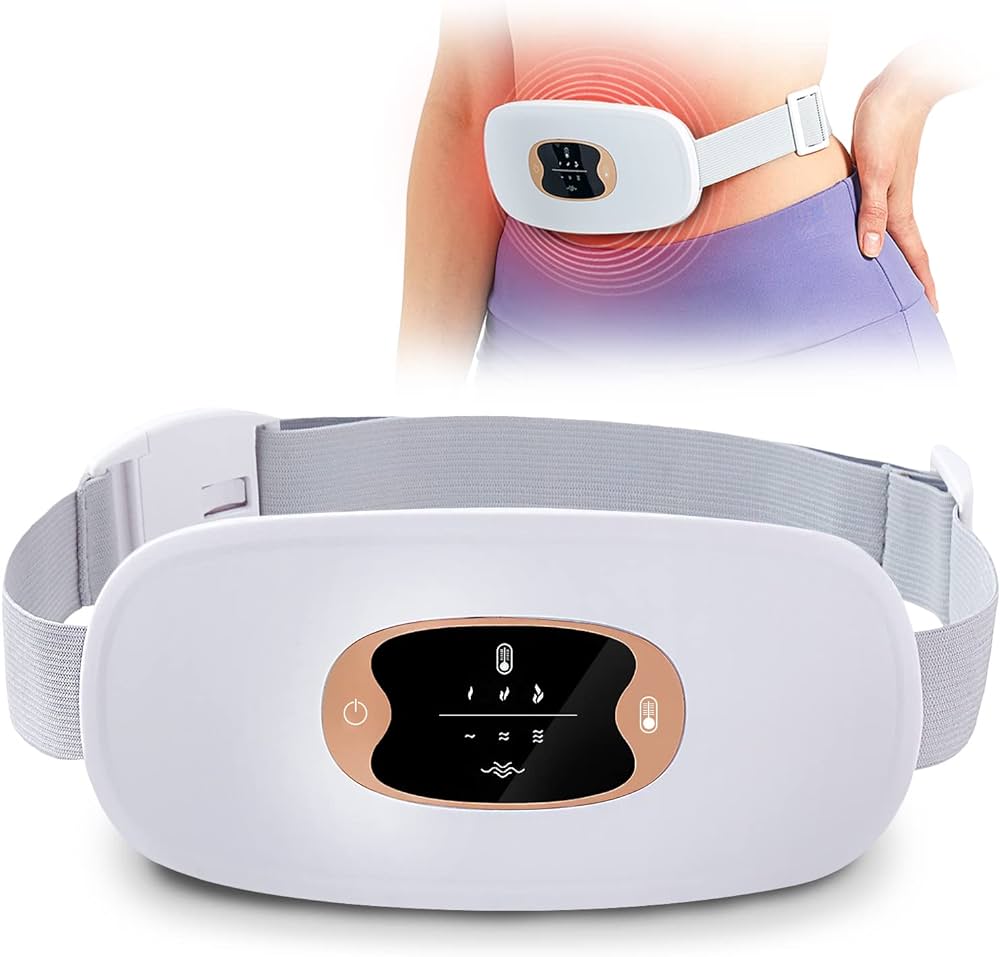
Self-Care and Comfort Measures
9.1. Rest and Sleep
Prioritize rest and get sufficient sleep during your menstrual cycle. A good night’s sleep and adequate rest can help improve your overall well-being and alleviate cramps.
9.2. Comfortable Clothing
Wear loose-fitting, comfortable clothing during your period to minimize constriction or pressure on your abdomen. Opt for breathable fabrics to improve overall comfort.
9.3. Relaxation Tools
Use relaxation tools such as heatless eye masks, meditation apps, or stress relief gadgets to promote overall relaxation and alleviate cramps through calming techniques.
Seeking Medical Advice
10.1. Consulting a Healthcare Provider
If your period cramps are severe, persistent, or interfering significantly with your daily activities, it is advisable to seek medical advice. A healthcare provider can assess your symptoms, evaluate for underlying conditions, and provide appropriate medical treatments or interventions.
Mind-Body Techniques
12.1. Cognitive Behavioral Therapy (CBT)
CBT techniques can help manage the emotional and psychological aspects of menstrual cramps. Working with a therapist, you can learn how to identify and reframe negative thoughts and behaviors associated with cramps, reducing the overall impact of pain.
12.2. Visualization and Guided Imagery
Visualizing a soothing and calming scene or using guided imagery can help distract your mind from the discomfort of cramps. Focus on images that promote relaxation and positivity, allowing your body to relax and alleviate pain perception.
12.3. Self-Affirmations and Positive Self-Talk
Engaging in positive self-talk and repeating affirmations can help shift your mindset and promote a positive outlook during cramp episodes. Repeat empowering statements such as “I am strong, and I can overcome this pain.”
TENS (Transcutaneous Electrical Nerve Stimulation)
13.1. TENS Device
A TENS device is a small, portable device that delivers low-voltage electrical currents to specific areas of the body. Applying the electrodes near the site of pain can help stimulate nerves and block pain signals, providing relief from menstrual cramps.
13.2. Consultation and Guidance
Consult with a healthcare professional or physical therapist to learn how to properly use a TENS device for menstrual cramp relief. They can guide you on electrode placement and appropriate settings.
Alternative Therapies
14.1. Acupuncture
Acupuncture, a traditional Chinese medicine technique involving the insertion of thin needles into specific acupoints, may help relieve menstrual cramps. Seek treatment from a licensed acupuncturist experienced in treating menstrual issues.
14.2. Herbal Supplements and Homeopathic Remedies
Various herbal supplements and homeopathic remedies are often used to alleviate menstrual cramps. Some popular options include evening primrose oil, black cohosh, or homeopathic remedies like pulsatilla or magnesia phosphorica. Consult a healthcare provider or herbalist with expertise in alternative medicine for personalized recommendations.
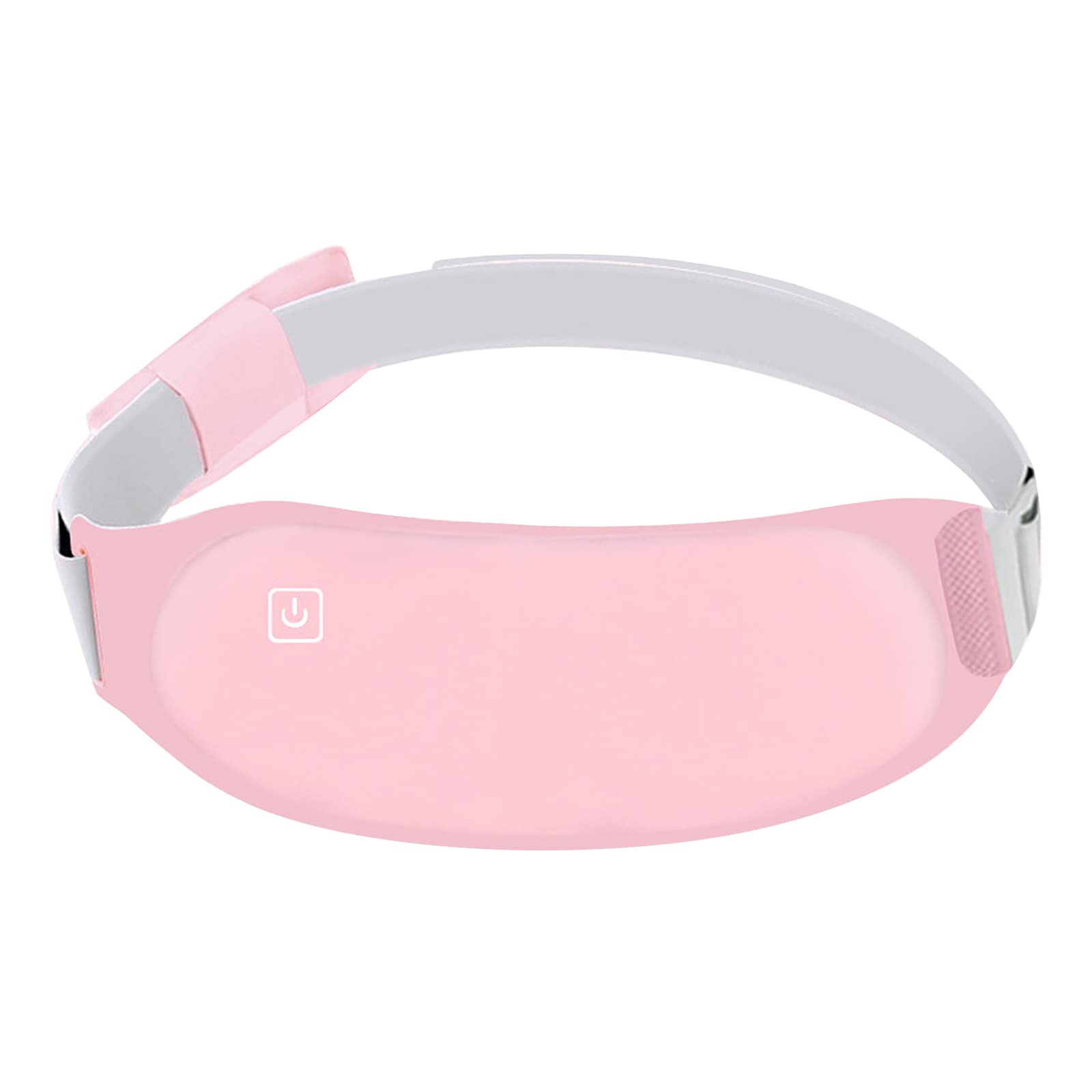
Conclusion
While heating pads are commonly used to alleviate menstrual cramps, they are not the only available option. By incorporating a combination of gentle exercise, topical remedies, herbal remedies, relaxation techniques, dietary modifications, heatless pressure, relaxing hot drinks, and self-care measures, you can effectively manage cramps without a heating pad. Experiment with different techniques and remedies to find what works best for you and seek medical advice if your symptoms are severe or persistent. Through a holistic approach, you can minimize the discomfort and pain associated with menstrual cramps and improve your overall well-being during your menstrual cycle.





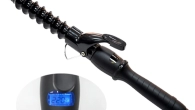
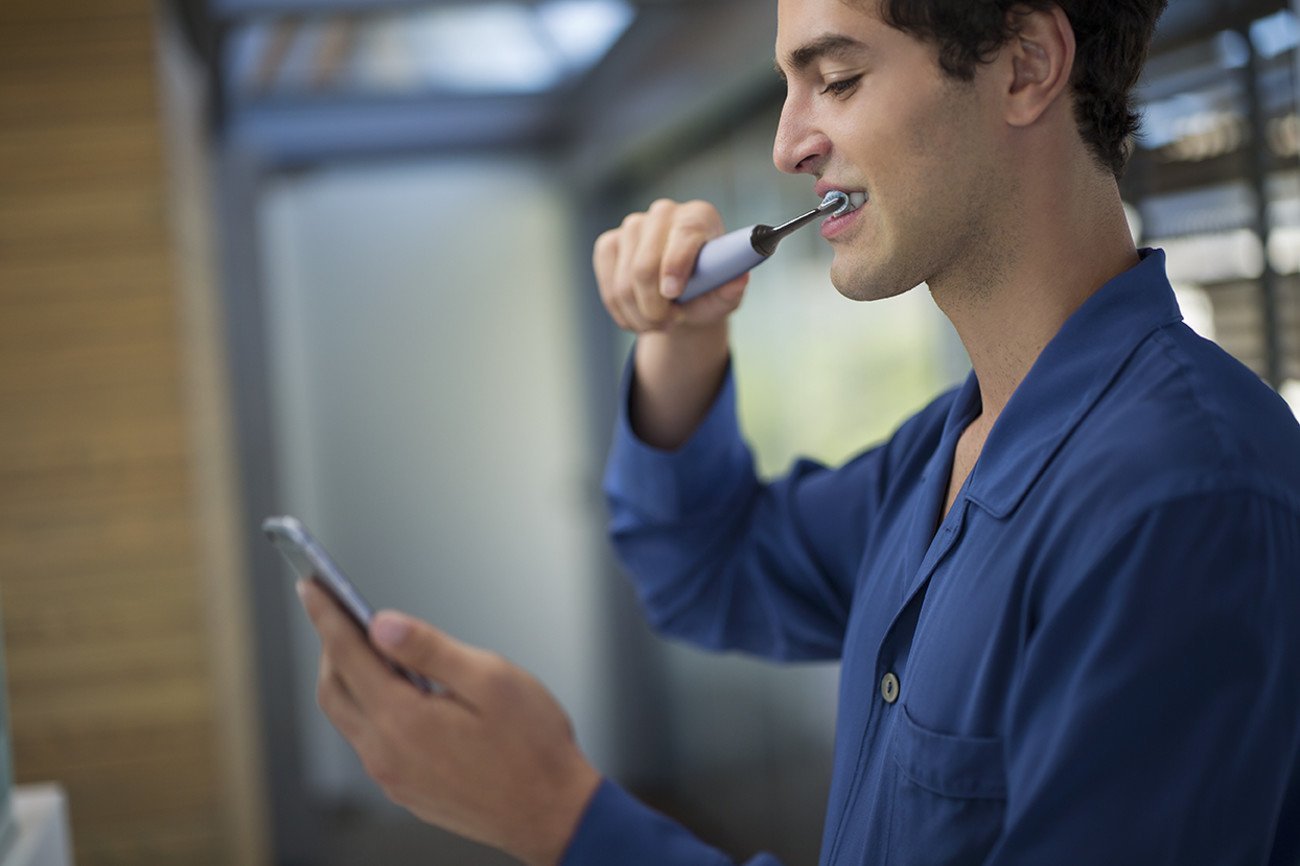
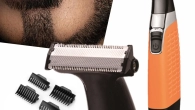

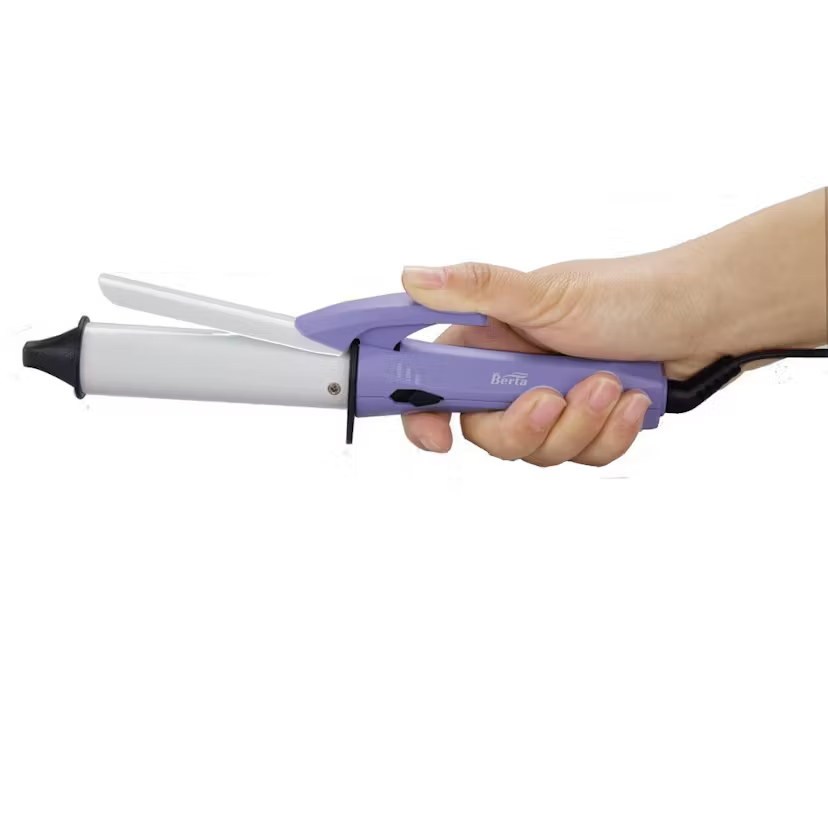
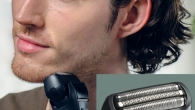
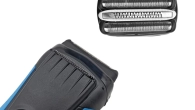
Leave a Reply
You must be logged in to post a comment.